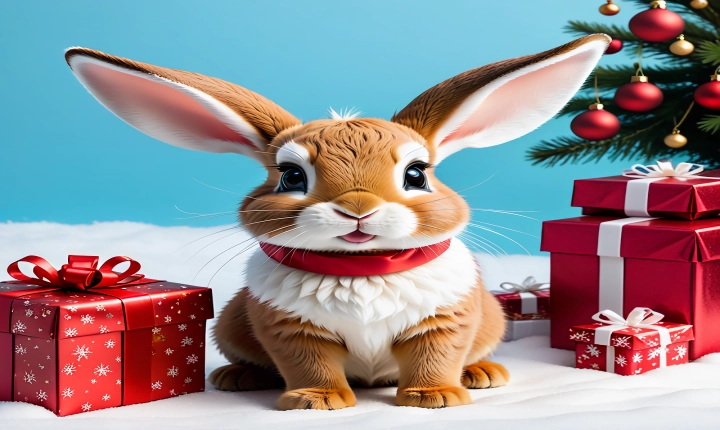Title: Can AI Create Pictures? Exploring the Role of Artificial Intelligence in Visual Art
Artificial intelligence (AI) has made significant strides in recent years, permeating various industries and transforming the way tasks are carried out. One area that has seen remarkable advancements is the creation of visual art. The ability of AI to create pictures has sparked a debate about the role of technology in artistic expression and creativity.
Historically, art has been seen as a deeply human endeavor, requiring emotions, imagination, and a unique perspective. However, as technology evolves, AI has been developed to mimic human artistic abilities, leading to the creation of paintings, drawings, and digital art that are indistinguishable from those produced by human artists.
One of the most prominent examples of AI creating pictures is the use of generative adversarial networks (GANs). GANs are a class of AI algorithms that can generate realistic images by learning from a dataset of existing artwork. These algorithms can produce original, visually stunning pieces that challenge our preconceived notions of what constitutes art and the role of human creativity in its production.
There are also AI-driven applications and tools that allow users to generate artwork without needing traditional artistic skills. These platforms utilize machine learning algorithms to understand patterns and styles, enabling users to produce high-quality images, illustrations, and designs at the click of a button.
Critics argue that the proliferation of AI-generated art may diminish the value of traditional artistic skills and creative expression. They express concerns that the art world could become saturated with machine-generated content, diluting the significance of human-made art. Moreover, questions about the authenticity and originality of AI-generated artwork have surfaced, raising issues about intellectual property and the true source of creativity behind these pieces.
On the other hand, proponents of AI-generated art see it as a revolutionary tool for fostering creative exploration and expanding the boundaries of artistic expression. They believe that AI can complement and enhance traditional artistic practices, providing artists with new mediums and techniques to express their ideas. Additionally, AI-generated art has the potential to democratize the art world, making it more accessible to individuals who may not possess traditional artistic skills or resources.
The intersection of AI and visual art also raises philosophical questions about the nature of creativity and the definition of art. Can an algorithm truly be creative, or is it simply replicating patterns and styles it has learned from existing art? Does AI-generated art possess emotional or conceptual depth, or is it merely a superficial imitation of human expression?
As technology continues to advance, the debate surrounding AI-generated art will persist, prompting discussions about the evolving role of technology in creative endeavors. The potential for AI to create pictures challenges traditional notions of artistic production, inviting us to reconsider the relationship between human creativity and technological innovation.
Ultimately, the emergence of AI-generated art presents both challenges and opportunities for the art world. It prompts us to reflect on the evolution of artistic expression and the ways in which technology can shape and redefine the boundaries of creativity. Whether AI-generated art will coexist harmoniously with traditional artistic practices or fundamentally transform the landscape of visual art remains to be seen, but its impact is undeniable and warrants further exploration and contemplation.
